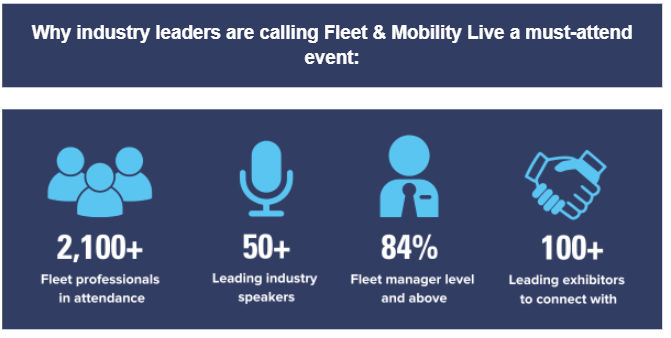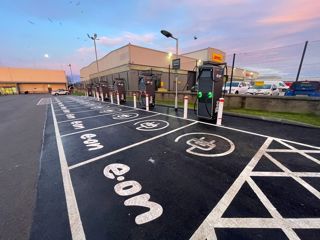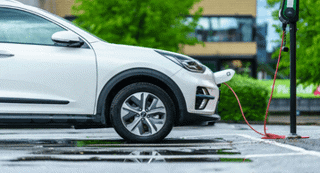By Naomi Nye, electric vehicle specialist at Drax Electric Vehicles
The new reform by the European Union to standardise charging ports, reduce e-waste and encourage re-use of chargers is a breakthrough in the technology sector.
Even Apple has been told to ditch its propriety Lightning charging ports in favour of USB-C ports to make life easier for consumers.
A similar parallel has been reflected in the automotive sector. This summer, the Government announced its new Public Charge Point Regulations 2023 which are set to address electric vehicle (EV) charging issues including non-standardised payments, data accessibility, and charging reliability.
Until now, it’s fair to say that charging an EV at a public charging station hasn’t been without its challenges. EV drivers have had to deal with a whole range of tariffs, payment apps, and lack of reliability and information about working chargers. So, these regulations are warmly welcomed by EV drivers.
The updated regulations mandate easier payments with contactless options and pricing transparency across the public network. They’ll also ensure that all chargers provide real time information on their status.
This data transparency will make it easier for drivers to locate a free and working public charge point, helping to combat range anxiety.
What’s more the Government has committed to a 99% reliable charging network across all rapid chargers and a requirement for a free 24/7 driver helpline at all charge points.
However, there’s still more to be done to ensure a standardised and reliable approach to EV infrastructure and improve EV drivers’ charging experience.
Greater collaboration between private and public companies would help to accelerate the build and maintenance of charging stations.
Meanwhile, standardising charging ports, in line with what’s happening in other sectors, will encourage further innovation and competition in the EV market, enhancing the quality of service provided.
The elimination of varying charging adapters will make charging more convenient and cost-effective, with interoperability across all EV models.























Login to comment
Comments
No comments have been made yet.